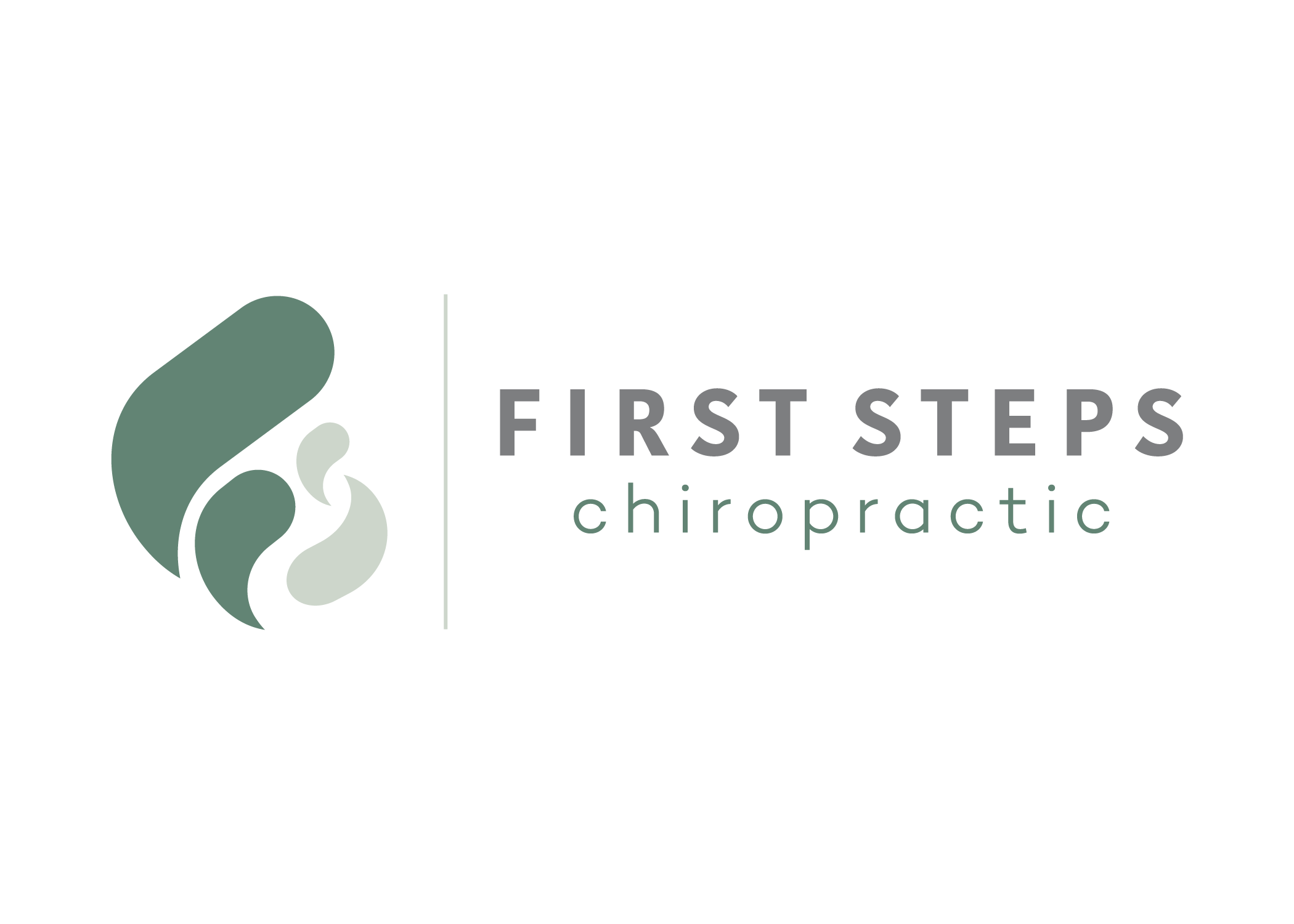Empowering Your Child: Supporting Gross Motor Delays and Developmental Milestones in Hayden, ID
Welcome to our blog, where we understand the importance of taking care of our little ones in Hayden, ID. From managing daily needs to tracking developmental milestones, we know that being a parent can be overwhelming. That’s why we’re here to discuss gross motor development and how it contributes to your child’s overall health and well-being.
In Hayden, ID, it’s not uncommon for pediatricians and standard doctors to overlook or dismiss motor development and developmental milestones. But as a pediatric chiropractor with expertise in neurodevelopment, I want to provide you with the answers and explanations you need.
If you’re concerned about your child’s motor milestones and feel like you’re not getting the right information from your pediatrician, this blog is for you. It’s also valuable for parents whose children have plateaued in physical therapy or other related therapies. Don’t hesitate to share this information with other parents who may be facing similar challenges.
We’re about to discuss a missing link that isn’t typically addressed by pediatricians or therapists. However, when neurologically-focused chiropractic care is combined with movement-based therapies, the results can be excellent.
In 80-90% of cases, we find this missing link that can’t be identified by traditional practitioners. Neglecting to find and address it can lead to weak core muscles, limbs, and low-tone challenges. In this blog, we’ll explore the cause of low tone and break it down for you.
The missing link lies within the nervous system and its connection to motor development. Your child’s muscular motor movement system is under the complete control of the nervous system. It acts as the boss and controller, with the central nervous system playing a vital role.
Motor delays and structural deformations, such as plagiocephaly and torticollis, often have a neurological foundation. Stress can impact the central nervous system, causing it to be stressed out and wound up. The sympathetic fight or flight tension side and the parasympathetic calm and relaxation side of the nervous system play a significant role. An overactive sympathetic nervous system can result in tight and wound-up muscles.
You might think that low tone isn’t related to your child’s situation, but hypotonicity or low tone can’t exist without first having excessive hyper-high tone in the neuro spinal and brain stem areas. The central nervous system, which includes the brain, spinal cord, and motor and sensory nerves, controls every tissue and cell of the body, particularly the muscles. Injuries to the central nervous system during birth trauma or childhood physical trauma can cause misalignment, fixation, and tension known as subluxation.
Subluxation can wind up the fight-or-flight sympathetic nervous system, especially in the neck, traps, and shoulders. If your child has low tone or coordination challenges, it’s crucial to assess their brainstem, neck, and spine for any subluxations. Pediatricians, physical therapists, and occupational therapists may not be trained to assess the nervous system as a neurologically-focused pediatric chiropractor is.
Gross motor delays require attention as they pave the way for fine motor and advanced neurodevelopment. The neuro-gross motor system, which includes the big muscles and internal muscles, needs to develop fully before the brain can focus on speech, socialization, and behavioral and emotional regulation. Unfortunately, these delays are often missed by parents and pediatricians.
Birth trauma, such as a stressful pregnancy or intervention during delivery, can lead to subluxation, causing tension and tightness in your child’s neck, traps, shoulders, and spine from the beginning. This can result in weak core and limb muscles, making it challenging for your child to develop gross motor skills and potentially leading to developmental issues.

